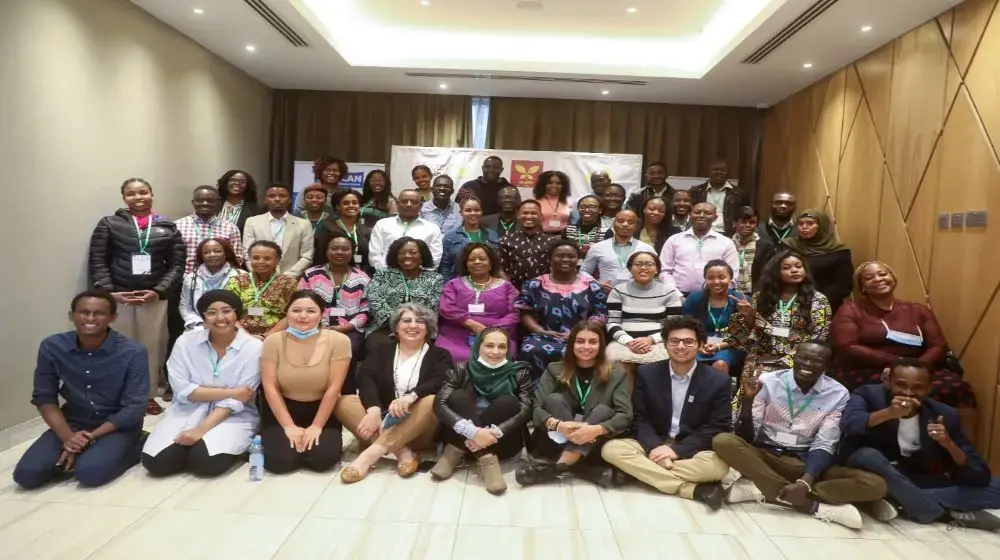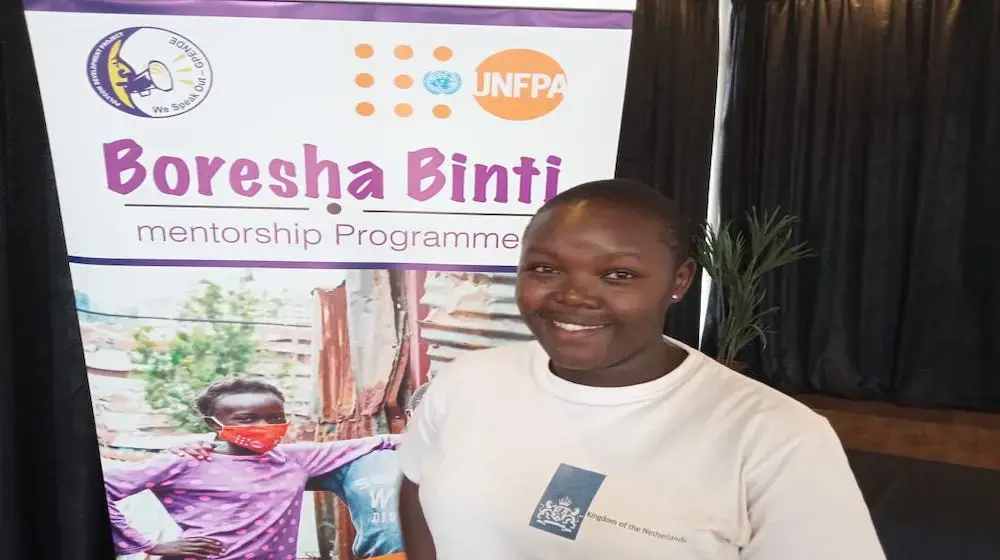If Female Genital Mutilation (FGM) was dead, all the 67 girls currently at Tasaru Girls Center in Narok County would be at home with their families. Not at this safe house where they run to in fear of genital mutilation.
Agnes Pareiyo, women’s right activist, founder and director of the Tasaru Ntomonok Rescue Center for Girls in Narok County, has given them a home. Pareiyo is also the current chair of the anti-FGM board, having for many years, declared war against this retrogressive and barbaric practice.
To these 67 girls, Mama Pareiyo as they so fondly refer to her, is not only their mother, but the only shield that stands between them and the cut.
“I was nine years old when I ran away from home. That day people came to our home and they were preparing to cut me. I just took off not knowing where I was going,” says 15 year old *Anastacia Naserian.
It is the kindness of a stranger that led her to the doorstep of Tasaru Girls Center. Naserian had walked for many kilometers when she saw an oncoming vehicle and requested for a lift.
The driver was a man but this was the least of her worries. After she narrated her story, the man took her to the government’s children office in Narok town. The children officers there then brought her to Pareiyo’s rescue center where girls that have defied FGM find a safe home.
Naserian’s story mirrors that of *Jacinta Nala. At nine years old, she had never seen the inside of a classroom. Her father felt that she was more useful out in the fields looking after the goats and sheep.
“I had a neighbor, a man. He was the only educated man at our village in Mara and people respected him. He hated my father for not taking me to school and my father hated him because he took his daughters to school and was against FGM,” she explains.
This neighbor knew that the cut was drawing near. One day he quietly approached Nala and advised her not to go to church with her family as was their custom.
“When everyone went to church on this Sunday, this man came to our home in his friend’s car and they brought me to this Center. He left me here and encouraged me to stay. He promised me that Mama Agnes (Pareiyo) would take me to school,” she recalls.
This came to pass. Nala, who had never gone to school, is now in Form three at Maasai girls secondary school. Here, she is a top student, a class prefect and an aspiring engineer.
“Those days we had a classroom for girls like Nala right here at the center. We employed a teacher to teach them how to read and write before the girls were absorbed into formal education. This ensured that they caught up with their peers more quickly,” Pareiyo explains.
Back in Mara village, the kind neighbor fled Narok County because his life was in danger for rescuing Nala. She has never seen him again or her family.
The most recent Kenya Demographic and Health Survey of 2014 represent a steady decline of FGM over the years.
Although the Kenya Demographic and Health Survey shows that there have been decline in FGM prevalence from a high of 37.6 percent in 1998, to 32.2 percent in 2003, 27.1 percent in 2009, and 21 percent in 2014, anti-FGM crusaders say that until FGM is beyond zero, the country is far from celebrations.
“Our President has declared war on FGM and we are his foot soldiers, everyone supporting this harmful practice is on notice,” vows Samuel Kimiti, County Commissioner, Narok County.
He says that they have taken up the President’s declaration to end FGM by 2022 with the seriousness, vigor and zeal that it deserves.
“Children belong to all of us. To end FGM we must all play our part. We know that the Maasai still practice this dehumanizing cut even though it has been overtaken by time and event,” he says.
Government officers like him note that measures are in place to ensure all children are in school and that they are working with churches, and mosques to preach against this practice. This, he says, has received significant support since 2019.
“We would prefer that the law becomes our last resort. We are striving to move from rescue to prevention. This community must get to that point of looking inside themselves and asking why they still hold on to something that the whole world has condemned,” says Kimiti.
The United Nations Population Fund (UNFPA) has raised alarm that if current FGM trends continue, a mind boggling 68 million girls will be cut between 2015 and 2030. This will happen in 25 countries mainly in Sub-Saharan Africa and Arab states where FGM is still routinely practiced.
According to UNFPA, ending FGM means protecting girls currently at risk of the cut but also ensuring and guaranteeing that those born in the future, will come into a world free of FGM.
“The problem with FGM is that any woman can do it. We used to think that the silver bullet was in reforming circumcisers but even your own mother can do it. Government structures are more important in ending FGM,” says Pareiyo.
The County Commissioner, Kimiti, concurs. He particularly emphasizes on the role of the Chiefs in ending FGM. Over the years, chiefs have come under fire for quietly abetting and turning a blind eye to FGM because they too, are part of this FGM practicing communities.
“Chiefs play two roles and this is where the rubber meets the road. They are both the face of government in the community and community leaders. They are the avenues through which the government speaks to its people and the first point of contact with the community,” he says.
They too, are on notice. Any Chief found to be in cahoots with custodians of FGM will face the full force of the law. In the meantime, there are warnings that FGM predisposes girls to serious health issues.
Experts are now raising awareness that while male circumcision can significantly reduce risk of HIV transmission, FGM significantly increases the risk of HIV acquisition. Some this has to be done to stop it.
Pareiyo says that when she started the rescue center 15 years ago, she could not have imagined that she would still be running it today. She thought that FGM would have been phased out by now.
“It is not clear where FGM came from, or where and why it started. What is clear is that the end of FGM is near,” says Pareiyo.




